The Asics Trabuco Max 4 is an exciting shoe for us to be reviewing, because we've been avid supporters of the Trabuco Max model from the very start. In fact, all the way back in 2023, the Trabuco Max 2 was our winner for best road-to-trail running shoes.
A year later, the Asics Trabuco Max 3 claimed top spot in our Trail Running Gear of the Year awards. The defining characteristic of the Trabuco Max series is that – as the name suggests – it’s a maximalist trail running shoe, but it sets itself apart from your typical big-stack trainers like Hoka with a distinctive ability to still let you feel the ground beneath your feet.
With a stack height reaching 43mm on the Max 3, I was a firm non-believer. I’m the kind of trail runner who prefers a high level of proprioception, so I can stay connected with the terrain and quickly detect bumps or grooves in the trail to adjust my stride and avoid injury.
However, after some strong encouragement from our top gear tester James Forrest, I tried the shoes myself – and I had to agree with his analysis. Something about Asics’ proprietary FF Blast+ foam strikes just the right balance between cushioning and ground feel.
But a year on from the release of the Max 3, the question is: will the Asics Trabuco Max 4 – with its revamped outsole, altered stack height, and even (god forbid) a slightly tweaked midsole foam – live up to the lofty reputation of its predecessors?
Let’s jump in and find out.
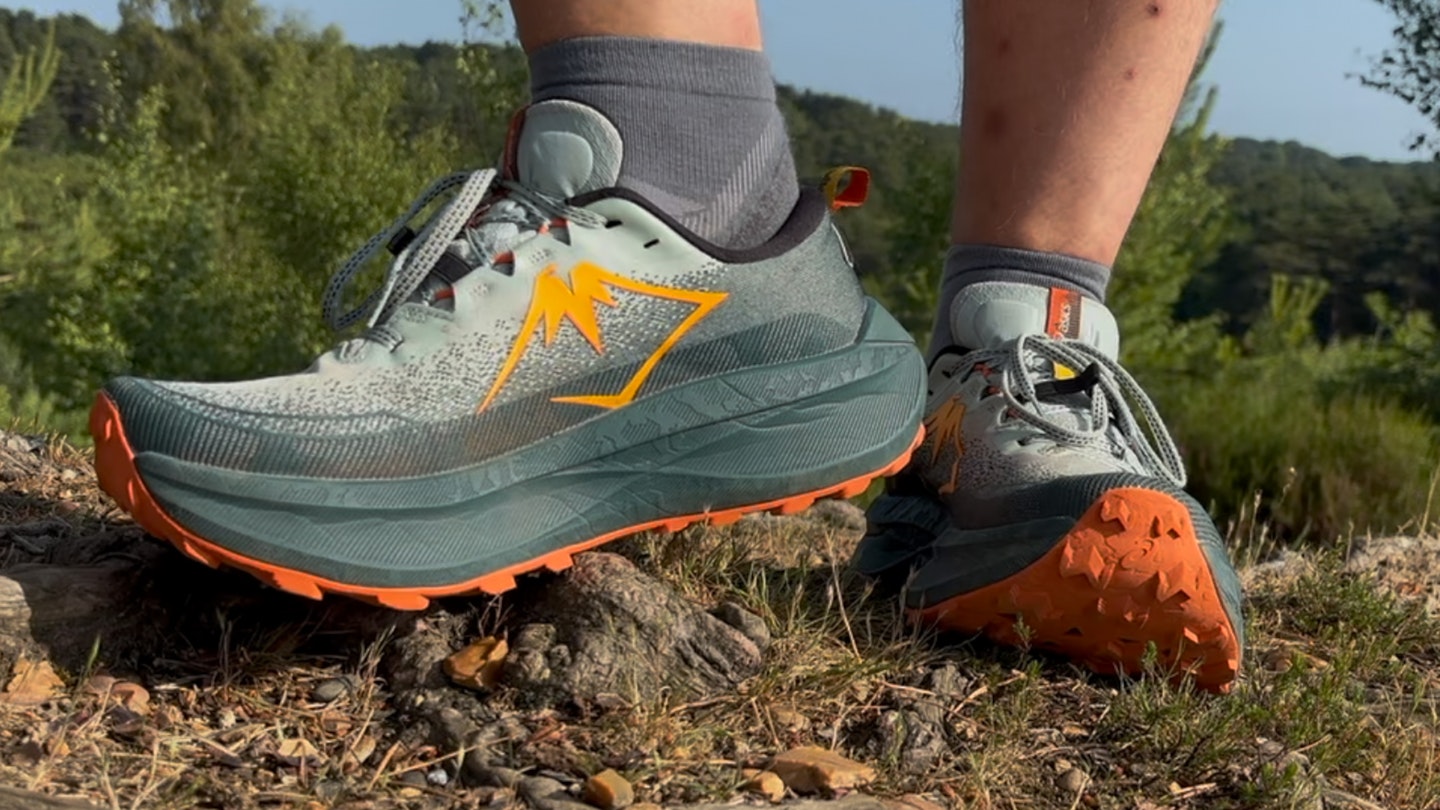 LFTO/Milo Wilson
LFTO/Milo Wilsonwww.sportsshoes.com
Pros
- Excellent cushioning in midsole
- Versatile lug pattern
- Stiffer midsole is better for different running styles
- Smooth rocker geometry
Cons
- Lacks proprioception
- Upper fabric isn't as durable as other options
| RRP: | £160/$160 |
| Weight (Men's UK 9): | 315g/11.25oz |
| Stack height: | 41mm heel; 36mm forefoot |
| Drop: | 5mm |
| Lugs: | 4mm |
| Upper: | Jacquard-woven mesh with TPU perimeter overlays |
| Midsole: | FF Blast+ Eco (includes bio-based content ~24%) |
| Outsole: | ASICSGRIP rubber |
Upper

The upper on the Trabuco Max 4 is a clear departure from its previous edition. Where the Max 3 used a thin but tough ripstop mesh reinforced with extensive TPU overlays – rising up from the footbed and tapering toward the top of the foot to create a solid, protective (if slightly stiff) structure – we now get a jacquard-woven mesh instead.
That’s a material we’re seeing less often in trail shoes these days, but I’ve welcomed it with open arms – especially during summer testing.
A soft, woven fabric like this obviously comes with some trade-offs. While the jacquard mesh is extraordinarily breathable, it doesn’t offer the same durability as your typical ripstop upper, or more advanced fabrics like Matryx, which has become popular on high-end trail models.
That said, the upper on the Trabuco Max 4 still has a really solid and impressively consistent structure. We do still see overlays used to reinforce and shape the fabric, but rather than extending all the way up the foot, there’s now just a perimeter strip of TPU running 1 – 2cm high around the base of the footbed.
One thing you notice straight away is how easily the toebox crumples under pressure – even with a small section of the rubber outsole wrapping up to form a front bumper. This definitely isn’t a shoe for kicking rocks. But that feels emblematic of the whole ethos here.

Yes, once you get towards the middle and top of the foot, you’re dealing with exposed, fairly rippable mesh – but hazards rarely reach that high. And yes, the toebox is soft, but the shoe assumes you’ve got the technique not to bash your foot into stuff. That same philosophy continues into the midsole – but we’ll get to that later.
For now, I’m really impressed with how light and airy the upper feels. It’s clear Asics have done some smart things to keep it feeling structured without reverting to stiff materials. For example, at the rear of the shoe – where the TPU tapers off – you’ll find an extraordinarily thick and plush collar of cushioning that wraps from the ankle all the way around the heel.
There’s clearly some firm material underneath that padding too, because even when I prod it hard with my thumb, it holds its shape. The plush feel is noticeable the moment you put the shoe on.
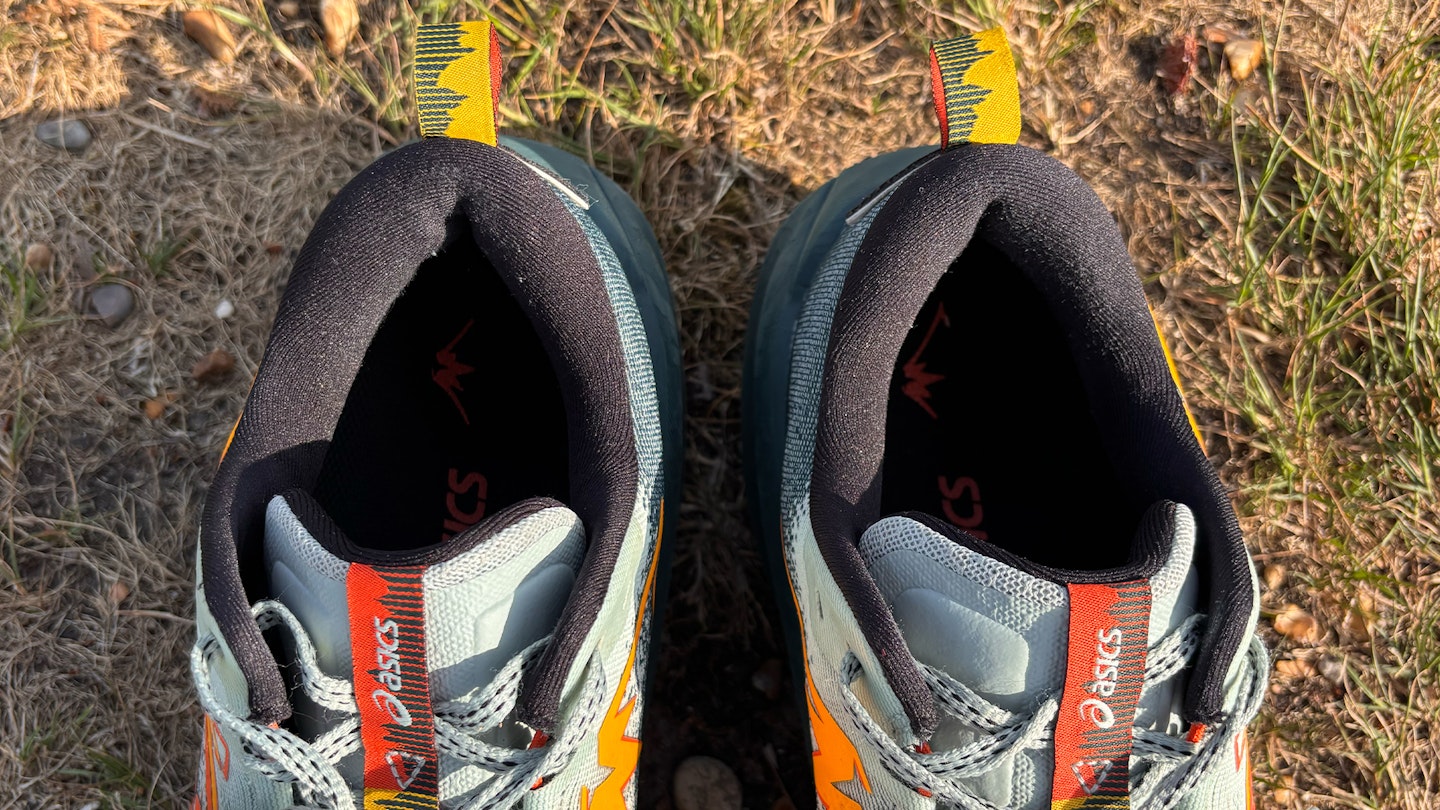
So often, we rely on lacing and a good fit to get proper lockdown, but here the ankle and heel padding hugs the foot right away. It gives you a confident, secure feel straight out of the box – especially valuable for runners with good form looking for precision on the trail.
The tongue is similarly plush. It isn’t gusseted, but Asics have included a smart elasticated strap that goes over the laces to hold it in place. There’s also plenty of overlap between the upper mesh and the tongue itself, so despite the lack of a gusset, you still get an impressively snug, almost airtight fit.
Midsole

Get ready for possibly the most controversial piece of news you’ve heard about a trail running shoe since... well, since we bravely announced that Merrell had managed to make one that was actually half-decent.
The Asics Trabuco Max 4 has – drumroll please – lowered the stack height. That’s right. The Max 4 is a whopping 2mm shorter than its predecessor, clocking in at 41mm in the heel and 36mm in the forefoot, while still maintaining the familiar 5mm drop we’ve seen across the series.
And yet, despite this slight drop in thickness, the Trabuco Max 4 feels more protective than ever in terms of keeping the ground separate from your feet. This has its pros and cons.
As I mentioned in the intro, ground feel was probably our favourite thing about the Trabuco Max 3. But the updated midsole foam – FF Blast+ Eco – feels firmer and more structured from the first step. That gives this shoe a slightly different approach.
It’s less like the Arc’teryx Norvan LD 4, which had a thinner midsole and relied heavily on proprioceptive feedback. Instead, the Trabuco Max 4 now reminds me more of The North Face's Vectiv Pro 3. In both cases, the tall midsole is stiffened and stabilised to create a consistently flat, wide footbed that delivers security through sheer brute structure rather than technique.
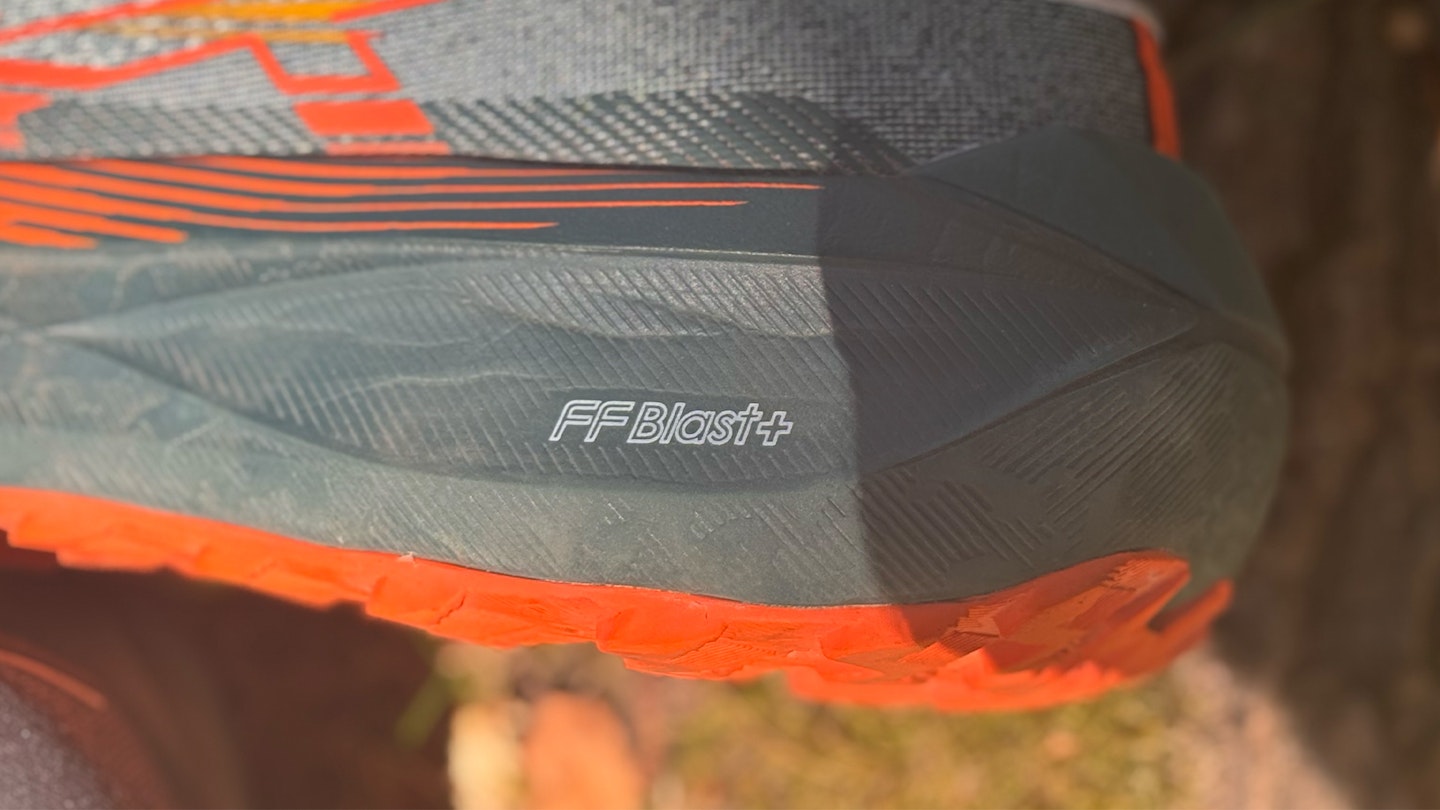
And since the Trabuco Max still sits firmly in the maximalist category – and will be featured in our best road-to-trail running shoes round-up – this change does make sense. A consistent underfoot feel allows you to lock into a solid rhythm, which is ideal for long, flowy miles on less technical terrain.
Sure, if your route requires constant foot placement tweaks and split-second agility, this won’t be the most adaptable ride. But if you’re after that flow state where your legs can just turn over and go, the Max 4 delivers that beautifully.
The footbed includes a nicely squishy EVA sockliner, which helps add back some plushness. But make no mistake: the firmer midsole gives this shoe a more stable and versatile platform. In fact, we’d now rate the Trabuco Max 4 as one of the better max-cushioned options for hikers as well as runners.
There’s also a sustainability angle here. The FF Blast+ Eco midsole uses bio-based materials, though Asics doesn’t provide much detail on what that actually means. Still, points for the attempt.
Overall, remember this is a comparative review from someone who’s tried the biggest, cushioned-est, most cloud-like trail running shoes in the game. If you’re a trail runner looking for protection, cushioning and sheer barrier-like separation from sharp, uneven ground, the Trabuco Max 4 still fits the bill perfectly.
Outsole
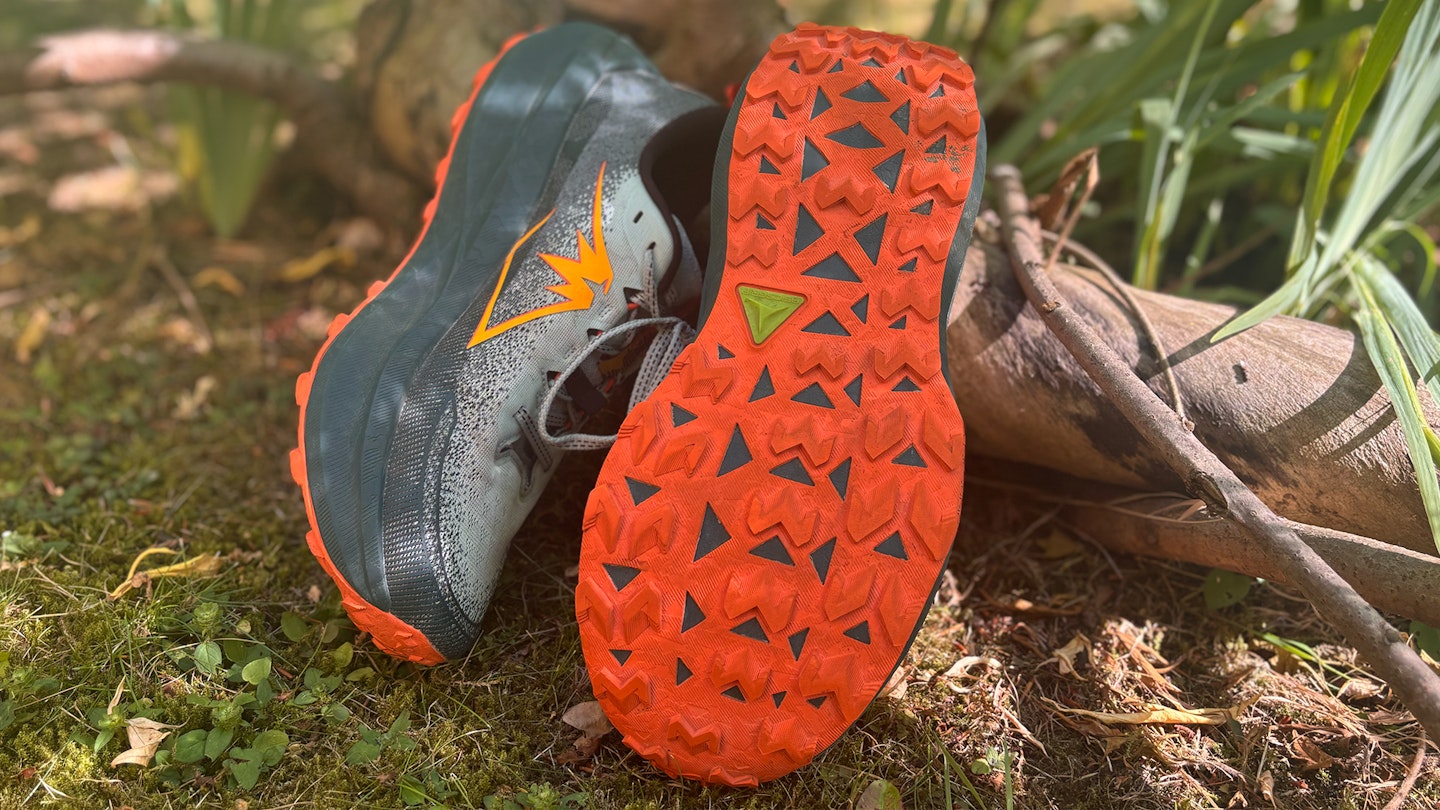
Versatility is the name of the game when it comes to the Asics Trabuco Max 4’s MaxGrip outsole. For the first time that we at LFTO have seen – after testing nearly a dozen different Asics trail models – the lugs underfoot are mostly M-shaped. Each one has a long, sloping geometry in the dip at the centre of the “M”, which gives the whole sole a distinct look and feel underfoot.
While Asics claims these lugs measure 4mm, on average they’re a little shorter than that – closer to 3.5mm, at least according to my trusty little ruler here at LFTO HQ.
The relatively short lugs, combined with that gently sloping design, allow for an extremely smooth transition from heel to toe (or midfoot to toe), which further supports the consistent-pace, flow-state vibe we’ve been seeing throughout this shoe.
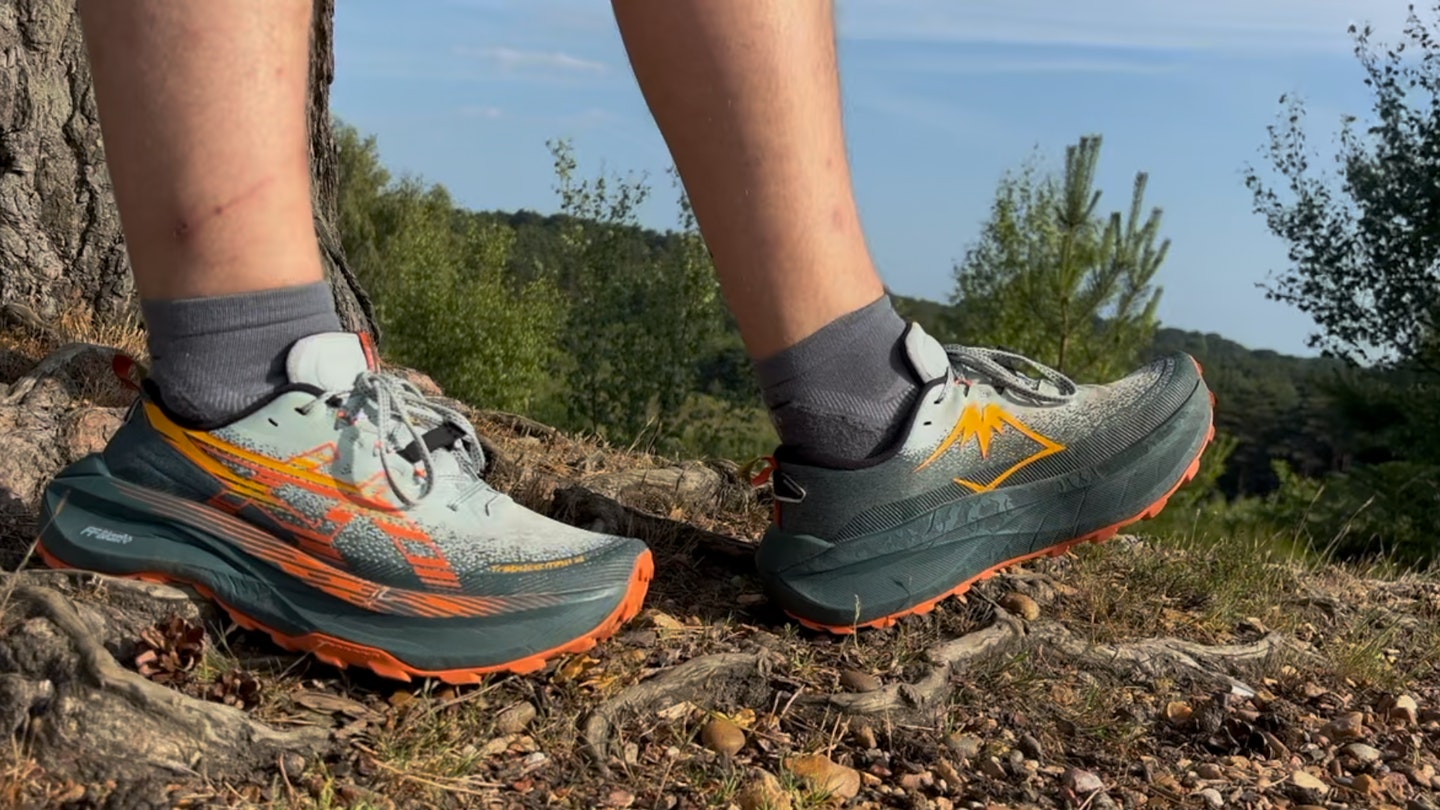
The M-shape also performs well when switching between steady plodding and fairly sharp turns. The lug layout feels tuned for adaptable stability rather than aggressive forward propulsion.
That’s a familiar playbook for Asics. It’s a similar idea to the three-pronged tetrahedral-shaped cleats used on models like the Trabuco Max 3 and Asics Fuji Speed. The result is an outsole that sheds mud well and offers more grip on soft ground than you might expect just from looking at it.
It’s definitely not a fell-running outsole – but on UK woodland trails, it felt reliably planted. And it performed just as well on firmer terrain too, giving a nicely tacky feel on hard-packed paths, rocks and paved sections.
Price and competition
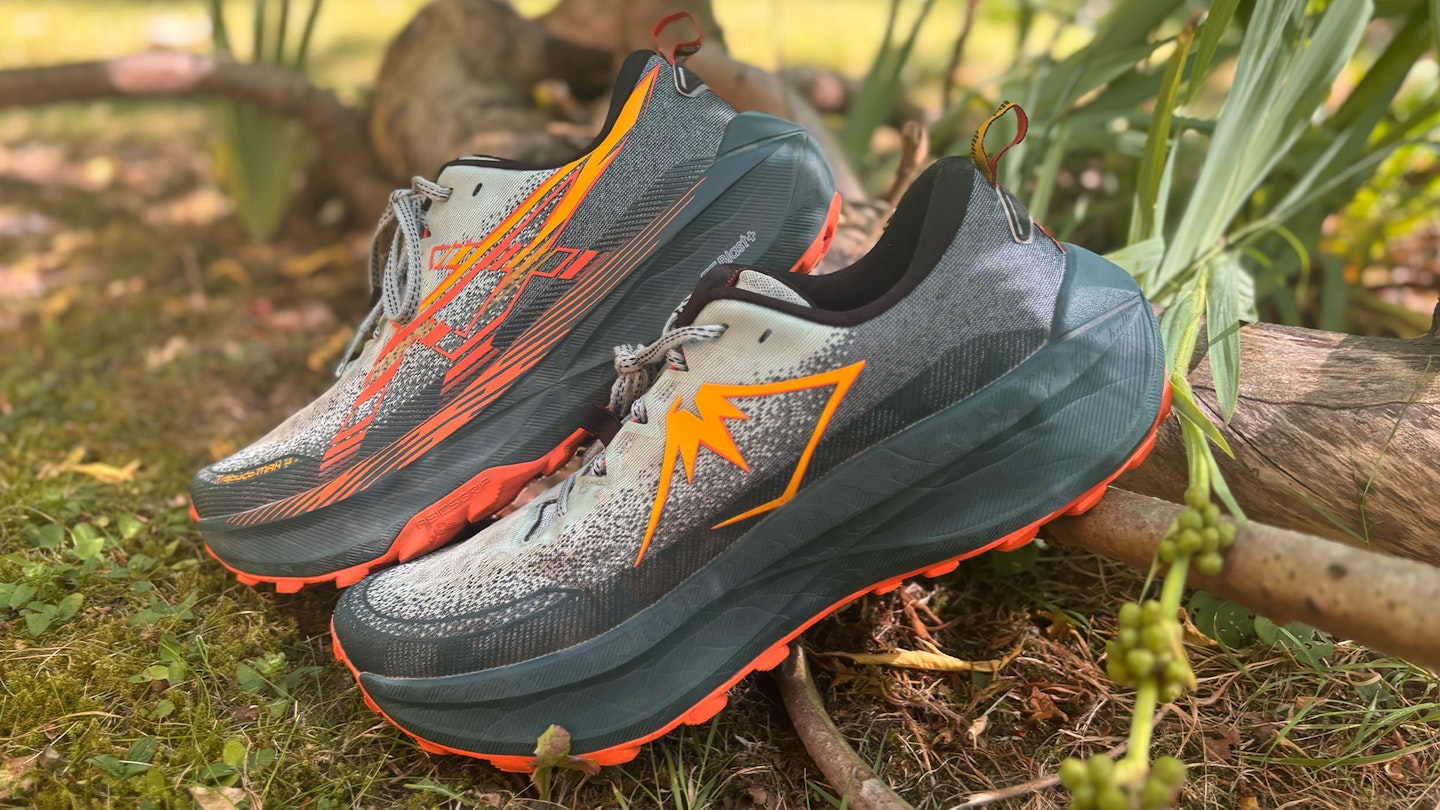
At £160, the Asics Trabuco Max 4 isn’t cheap – but it’s bang in line with other maximalist, road-to-trail crossover shoes. You’re getting a well-cushioned, highly structured platform that’s designed for long, flowing miles across mixed terrain. That combo of underfoot protection, stability and ride consistency places it firmly in the premium-but-not-outrageous bracket.
One obvious competitor is the Hoka Speedgoat 6, which comes in at a similar price. It’s a little lighter and arguably more nimble on technical terrain, thanks to its aggressive Vibram Megagrip outsole. But the Speedgoat offers less structure overall and can feel a bit wobbly on cambers and rocky descents. If you're looking for stability through stiffness rather than agility, the Trabuco Max 4 still has the edge.
If your budget’s tighter, the Hoka Challenger 7 is worth a look. It’s usually available for around £90-130 and delivers a more stripped-back version of the same concept: decent cushioning, a smooth ride, and enough grip for light-to-medium trails. But it’s not in the same league when it comes to protection or longevity.
Another contender is the Inov8 TrailFly Max, which uses a bouncier foam and a lighter build to appeal to faster runners. It’s fun, responsive and just as cushioned – but it doesn’t offer the same robust, locked-in feel that you get with the Trabuco Max 4.
Verdict
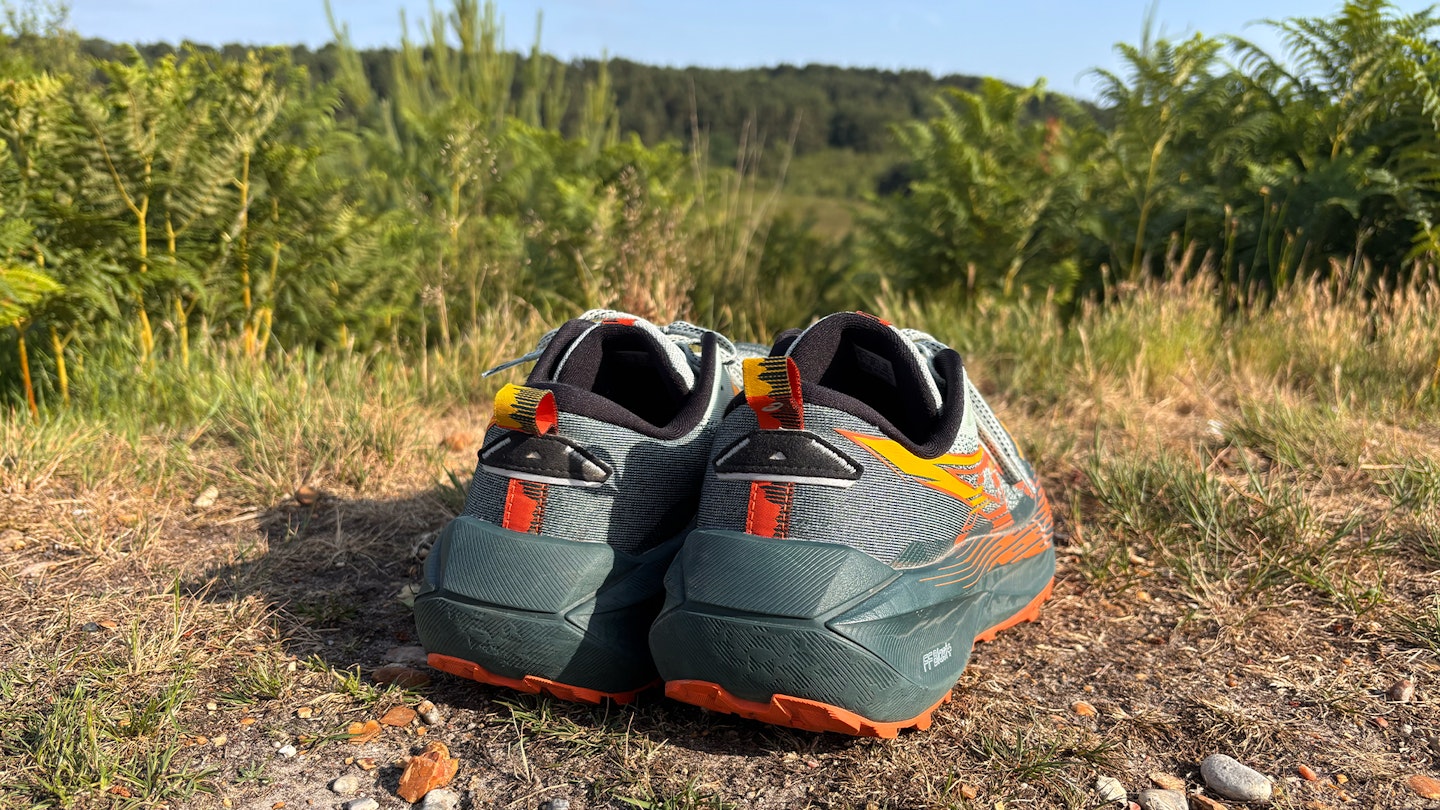
All in all, the Asics Trabuco Max 4 is well worth considering if you’re making the leap from road to trail. It offers a smooth, stable ride that feels confident on mixed terrain, and it’s got just enough grip to keep you upright on soggy woodland paths – though you won’t catch me taking it onto any serious mountain routes.
If you like your trail shoes cushioned, structured and lightweight – but still firmly in the maximalist camp – this might just be the sweet spot. It’s not the most agile or precise option out there, but for long, cruisy runs on runnable terrain, the Trabuco Max 4 really delivers.
Shop this product
About the author
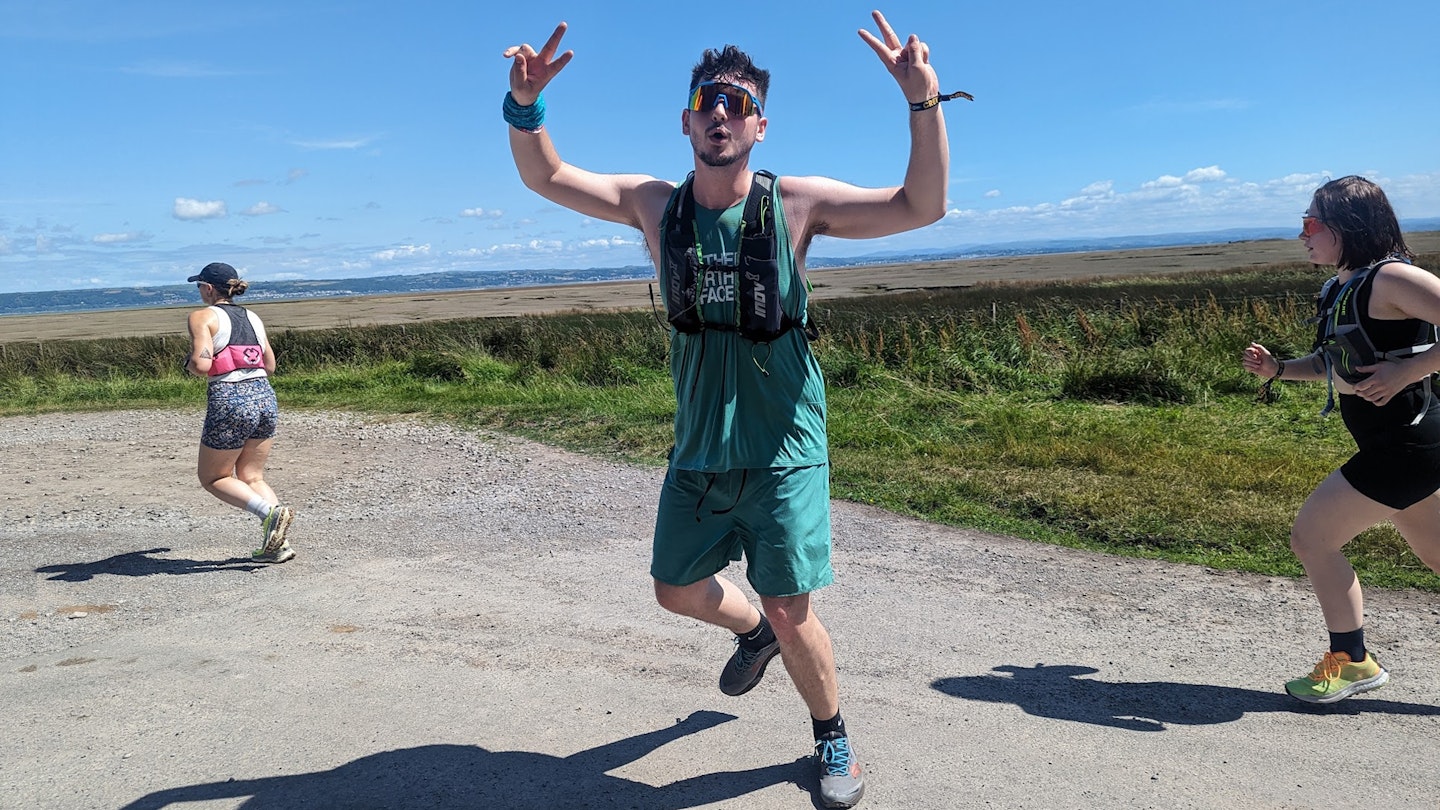
Milo Wilson is our resident trail running guru and also, irrelevantly, the office heartthrob. You'll find him bashing up all the best trail running shoes throughout his home turf of the Surrey Hills, then writing up reviews that are far too detailed for even his editor to read closely. This is why he gets away with writing such ridiculous author bios.
